New World monkeys are the five primate families located in Mexico, South America, and Central, South America. Scientists believe they migrated from Africa either on a natural raft, consisting of vegetation, or via a series of islands that no longer breach the surface of the water. These primates comprise the Pitheciidae, Cebidae, Callitrichidae, Atelidae, and Aotidae families.
New World monkeys are the most primitive of all monkeys throughout the world. Many of them lack opposable thumbs and have prehensile tails. Some also have claws on their hands, rather than nails, though they do have a more traditional set of nails on their toes.
New World Monkeys versus Old World Monkeys
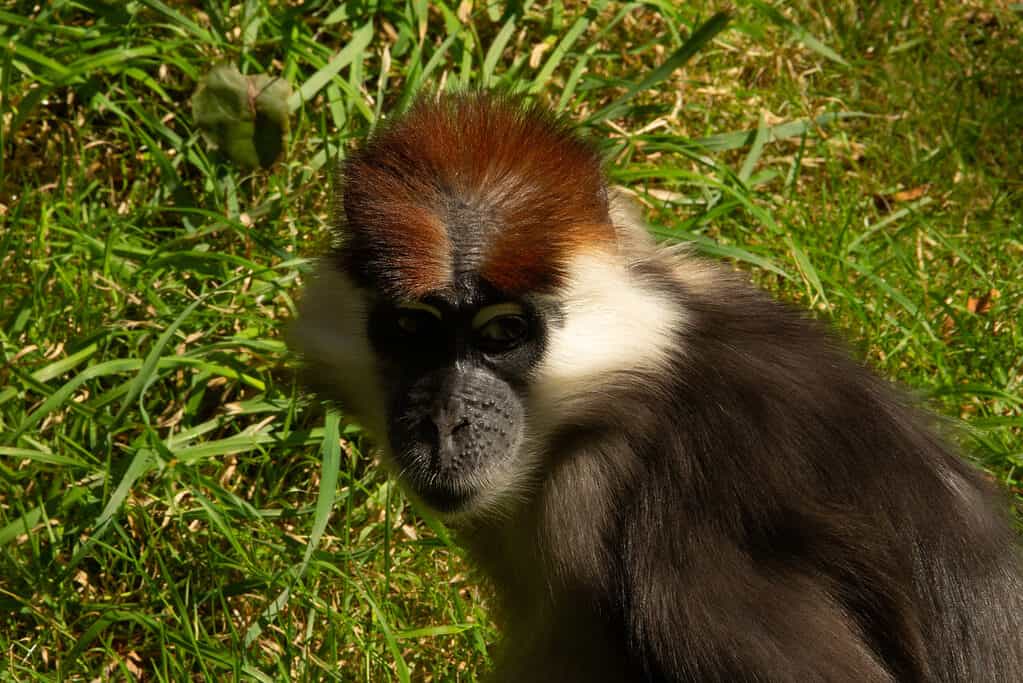
The nose is the primary distinguishing feature between New and Old World species. Pictured is a collared mangabey, an Old World species.
©iStock.com/Ian Peter Morton
The largest, separating feature between the New World and the Old World is the nose. New World monkeys have flat noses, known as Platyrrhini. Their Old-World counterparts have more prominent noses. The flat nose of New World monkeys features nostrils located to the side.
Another distinguishing difference is mating. The New World monkies tend to form monogamous pairs, remaining together and raising their young together. This is a feature found far less often in African monkies. Twin births are also more common in New World families rather than in Old World ones.
Last but not least, marmoset monkeys are the smallest monkeys out of all the known species in the world. Their fur and stature hide their smaller frame, which only weighs around 1 lb on average. They weigh as little as 1/3 lb and as heavy as 2 lbs.
Types of Monkeys in the New World
New World monkeys primarily live in the subtropical regions of southern Mexico and the entire northeastern landmass of South America. Too far north or too far south is too cold for them.
Pitheciidae
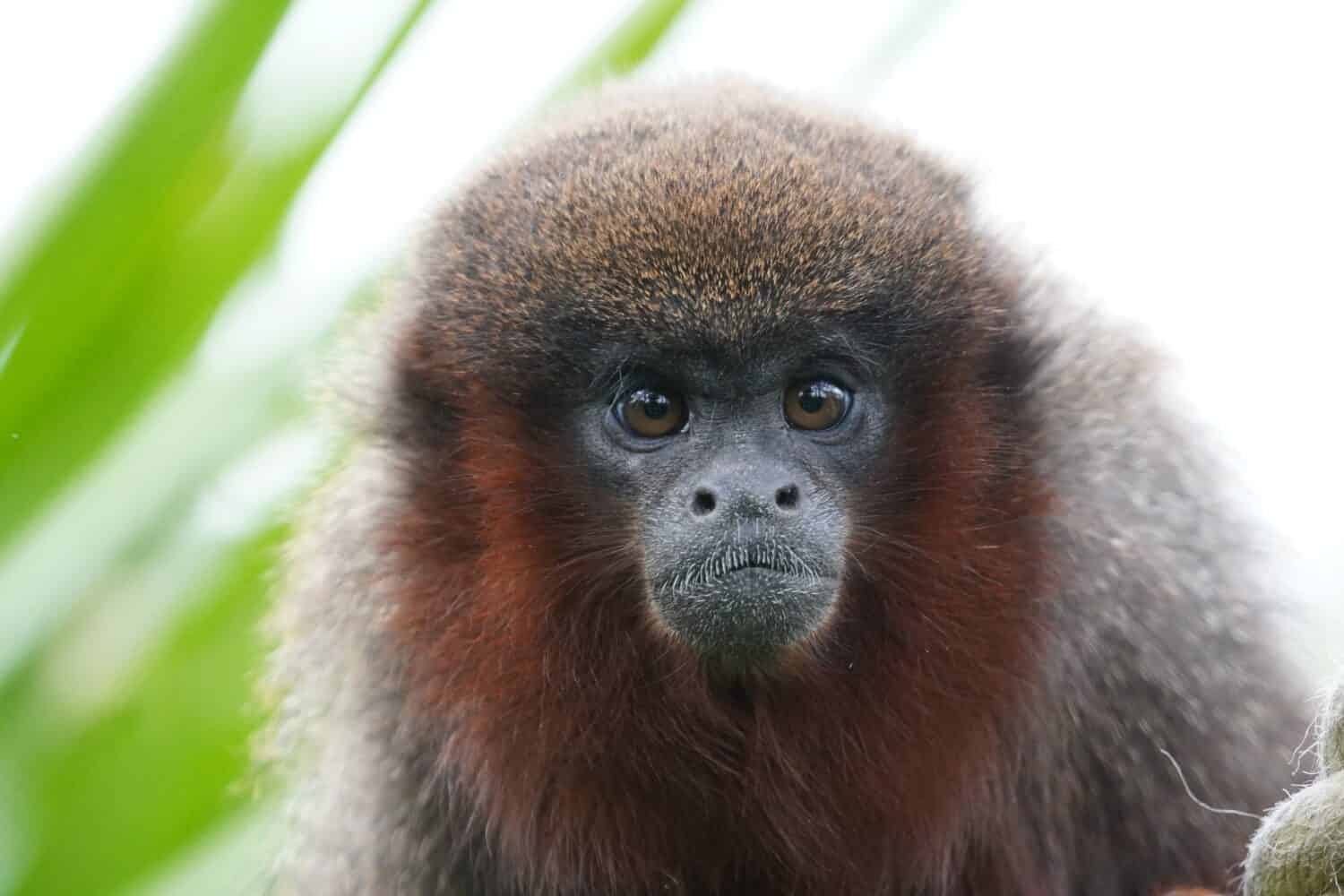
Coppery titis are New World monkeys of the Pitheciidae family.
©Colin Eaton/Shutterstock.com
Of all the monkeys in southern Mexico and South America, the Pitheciidae monkeys are the most unusual-looking. They live in very large groups, often exceeding 20 in number, and are instantly recognizable by their extraordinary beards and facial hair.
The Uakari monkeys have the shortest tails in this group, though they all lack prehensile tails. Their beards are often bright in color and well-rounded, burying their smaller faces.
Cebidae
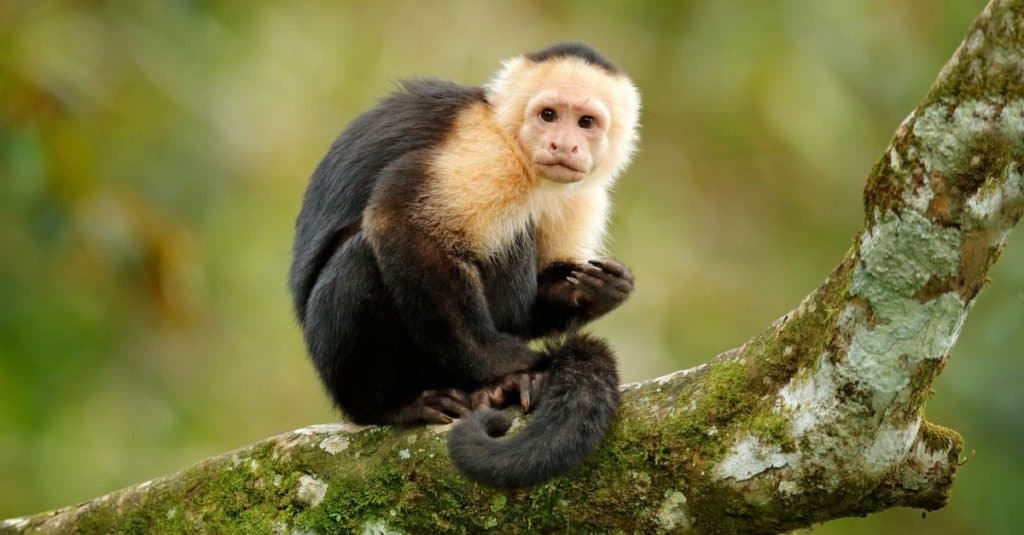
Capuchin monkeys belong to the Cebidae family.
©Ondrej Prosicky/Shutterstock.com
The Cebidae family of New World monkeys includes squirrel monkeys and capuchin monkeys. Both groups tend to cohabitate with one another and both feed and mate in the same areas. They have semi-prehensile tails with enough strength for grasping but not enough to hold their entire body weight.
Callitrichidae
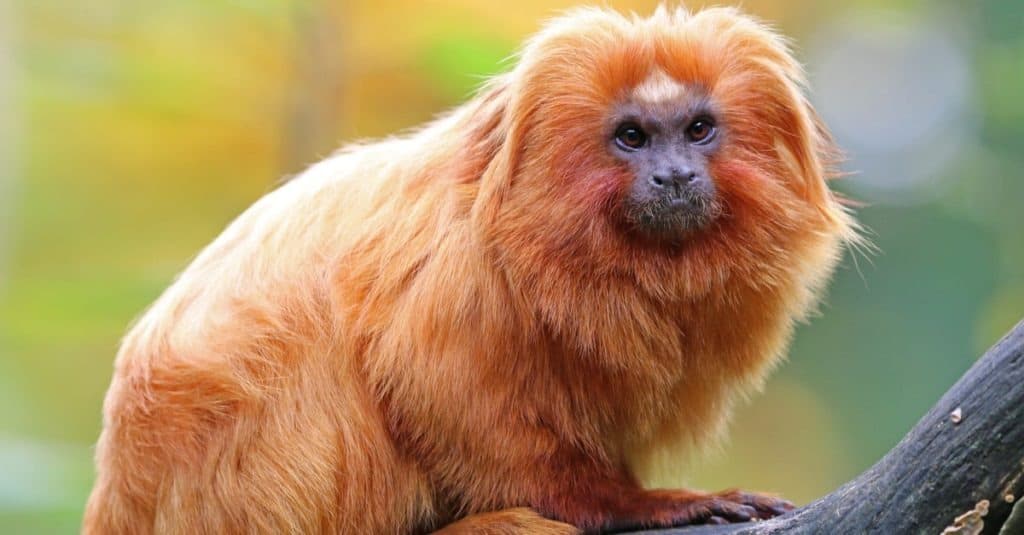
Callitrichidae is the smallest family of the New World variety of monkeys. Pictured is a golden lion tamarin.
©Edwin Butter/Shutterstock.com
Marmoset and tamarin monkeys make up the smallest group of New World monkeys. They are very small in stature and feature claws on their fingers rather than nails. They are all frugivores and they have non-prehensile tails.
Atelidae
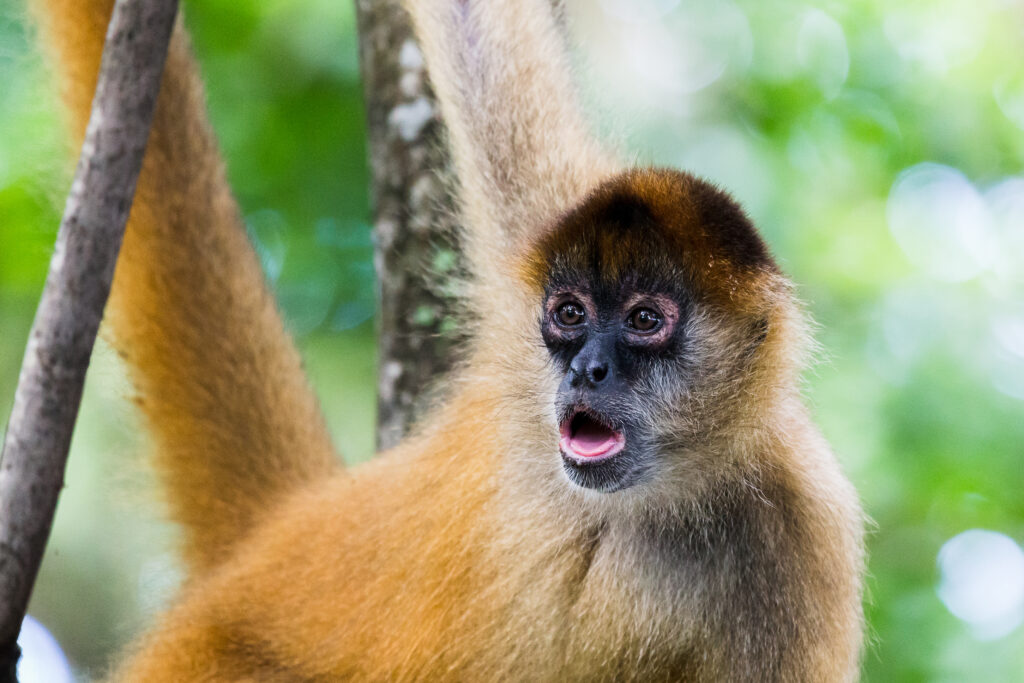
Spider monkeys are of the
Atelesgenus, which is the type genus of the Atelidae family.
©Jason Wells/Shutterstock.com
This family is the largest group of New World monkeys. Several species of monkeys belong to this family, including howler, spider, woolly, and woolly spider monkeys. Many are folivorous and have very long, prehensile tails. They are also sort of lazy, living in small groups and refraining from moving around too much.
Aotidae
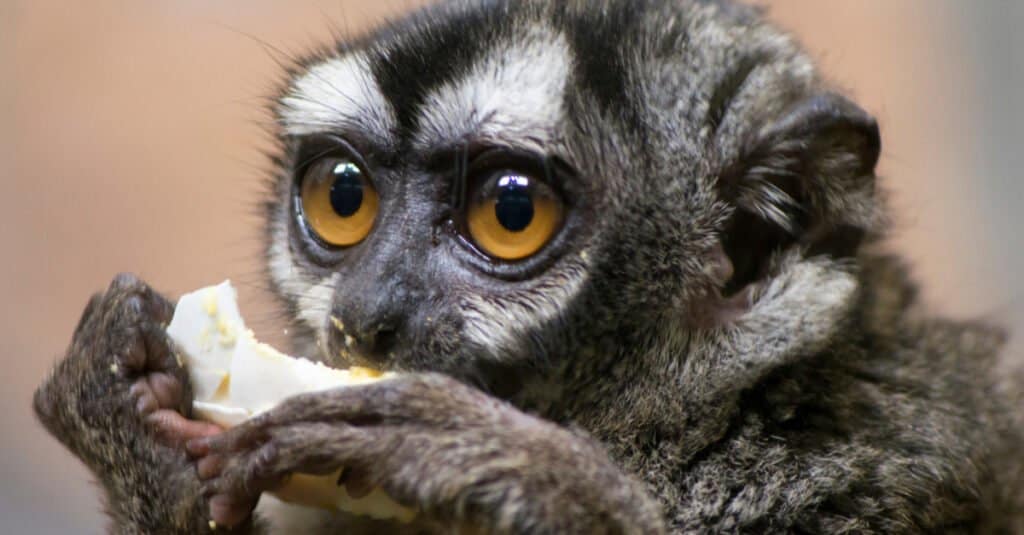
Being nocturnal allows the night monkey to feed at night when bigger and more dominant monkeys are asleep.
©Korovko Gleb/Shutterstock.com
Otherwise known as owl monkeys (night monkeys), Aotidae is entirely nocturnal. Their tails are very bushy and non-prehensile. Their mostly frugivores, and though their tails are large, they only use them for balancing purposes, rather than grasping or holding up their weight.



